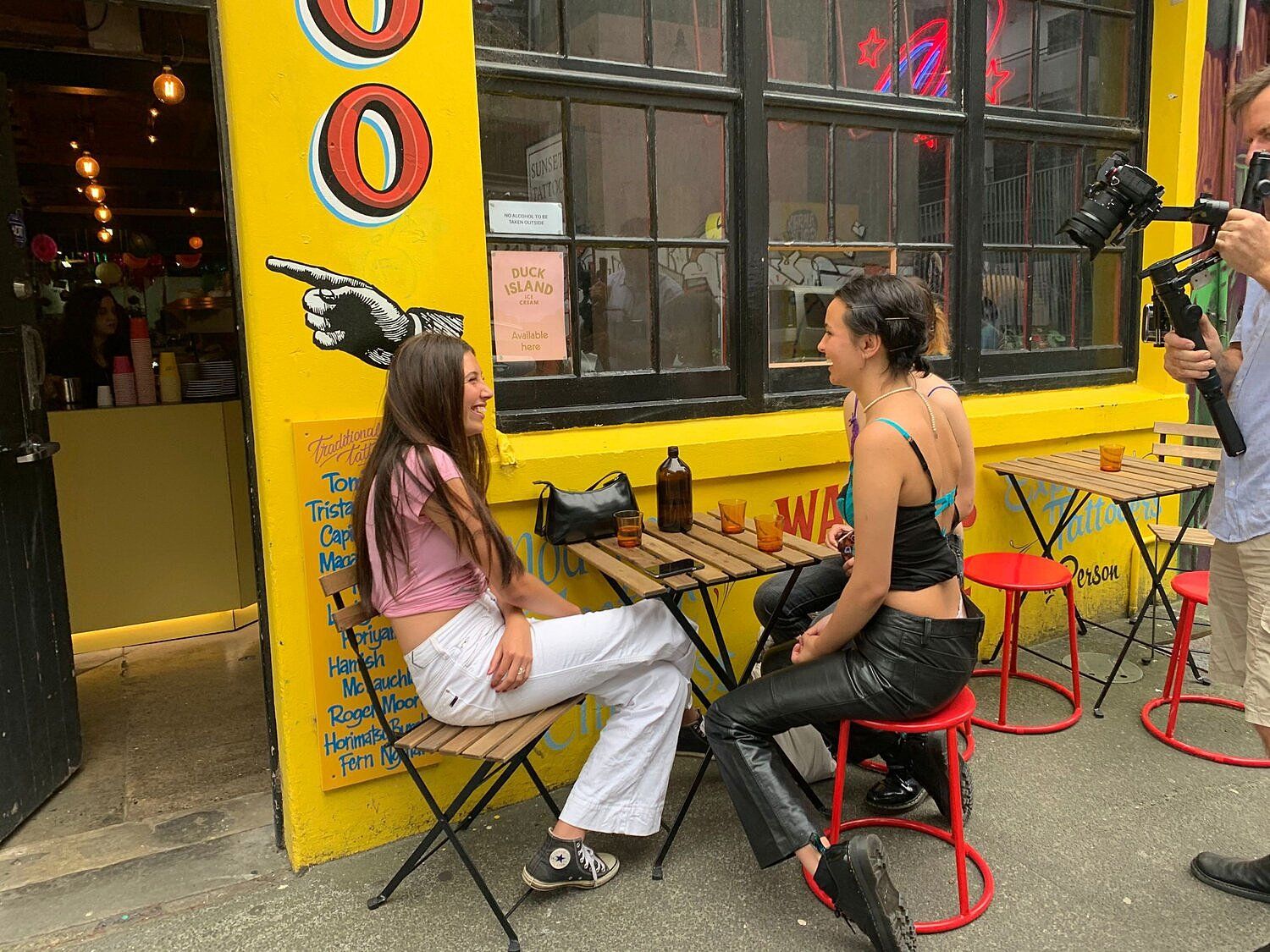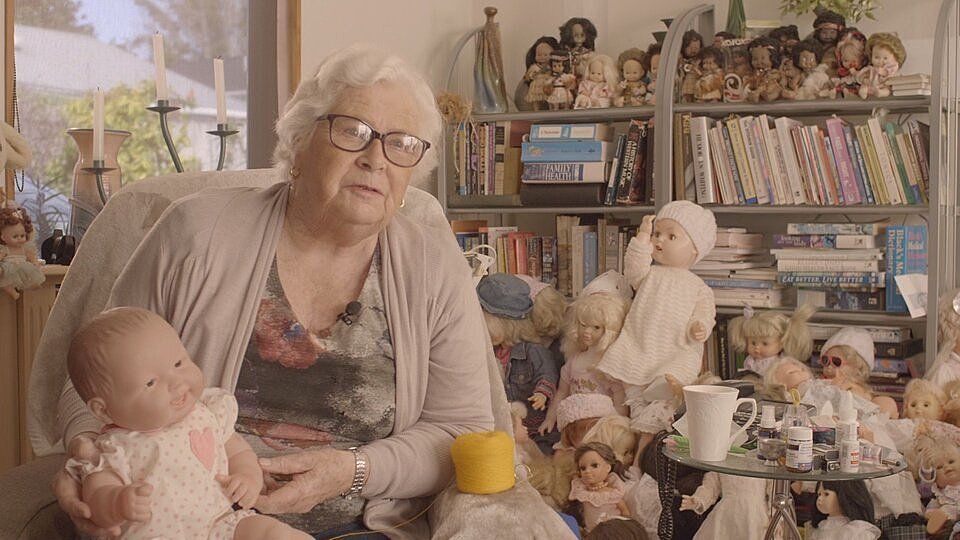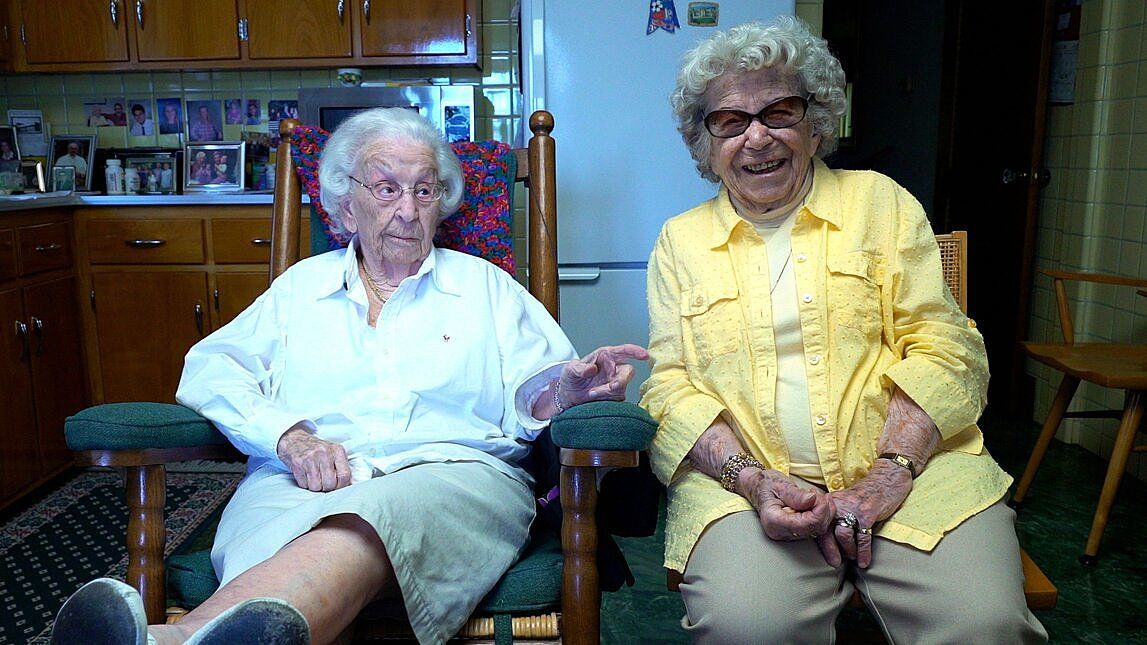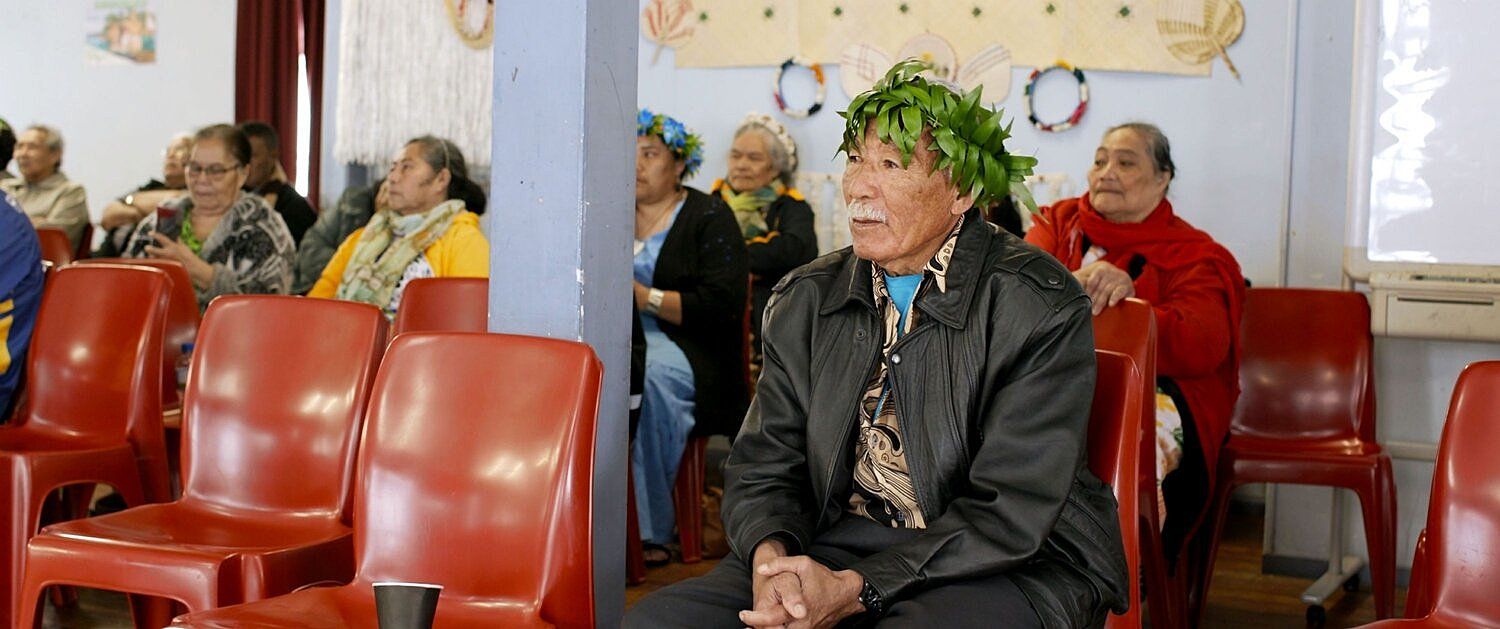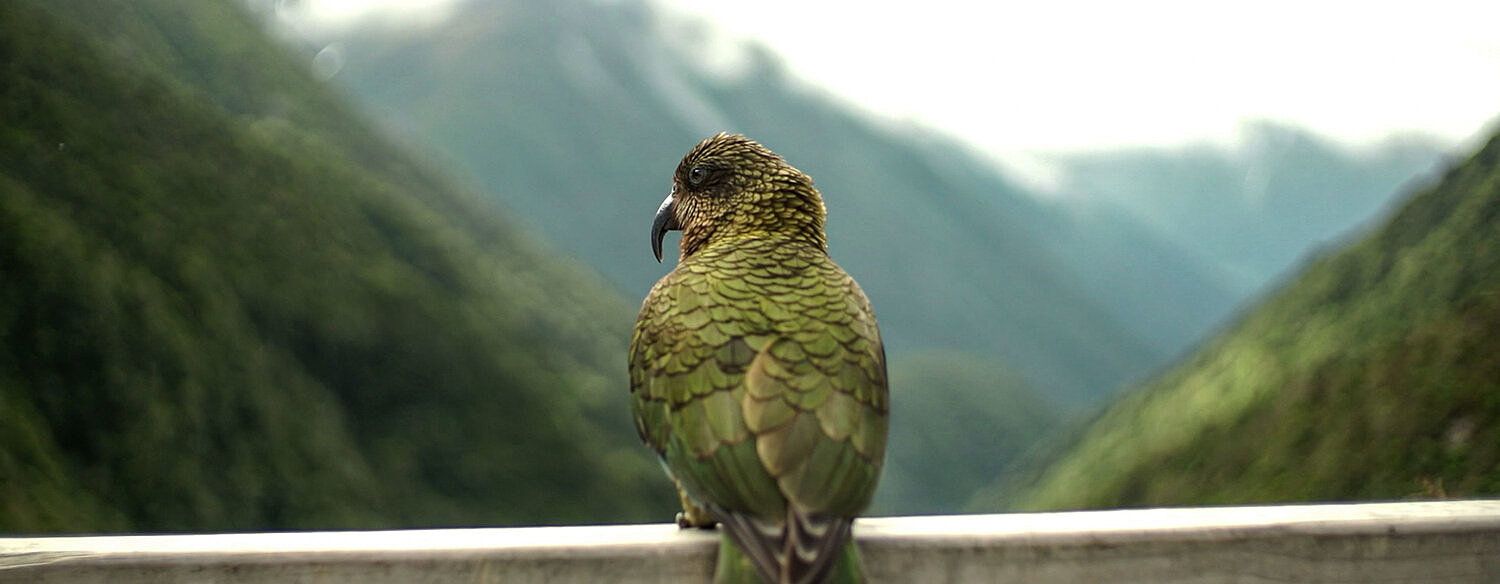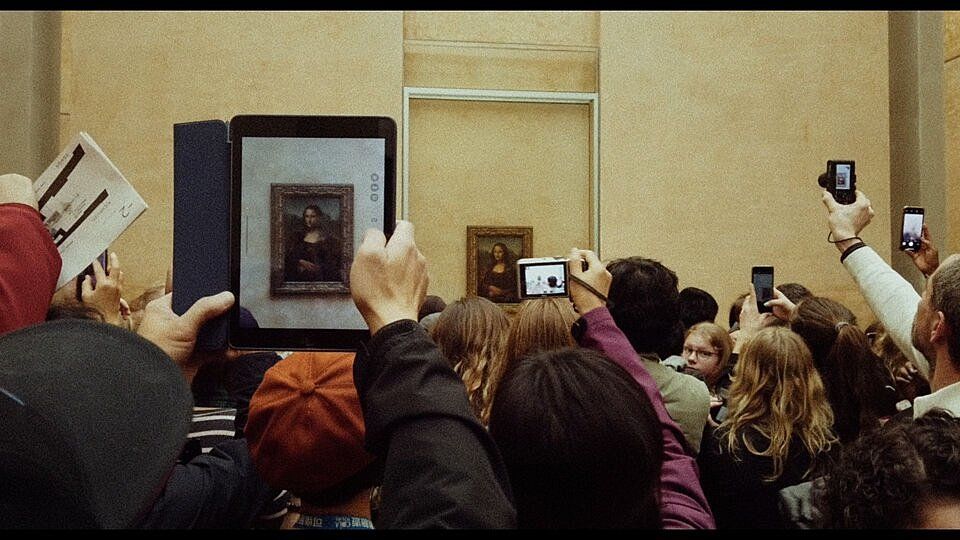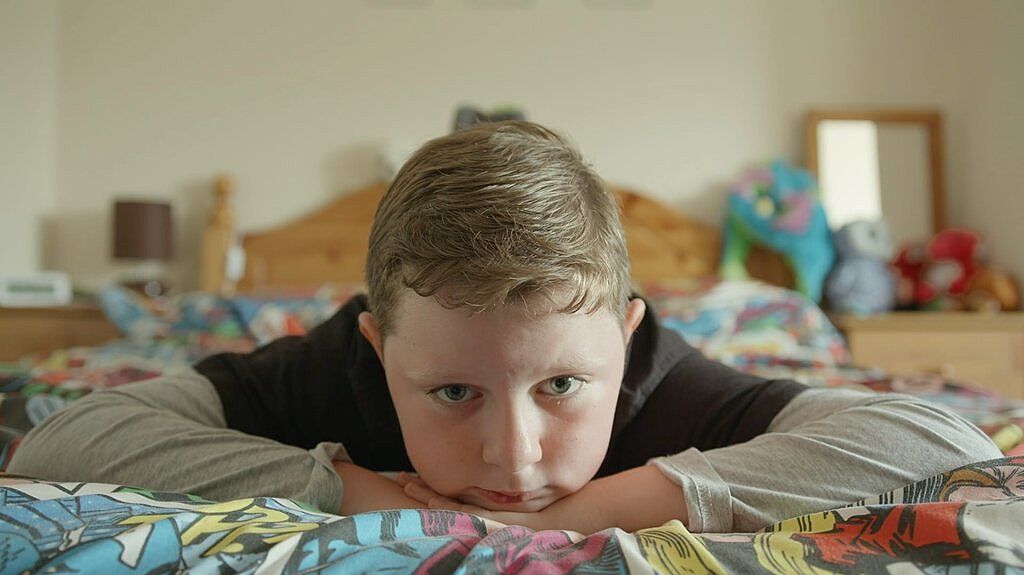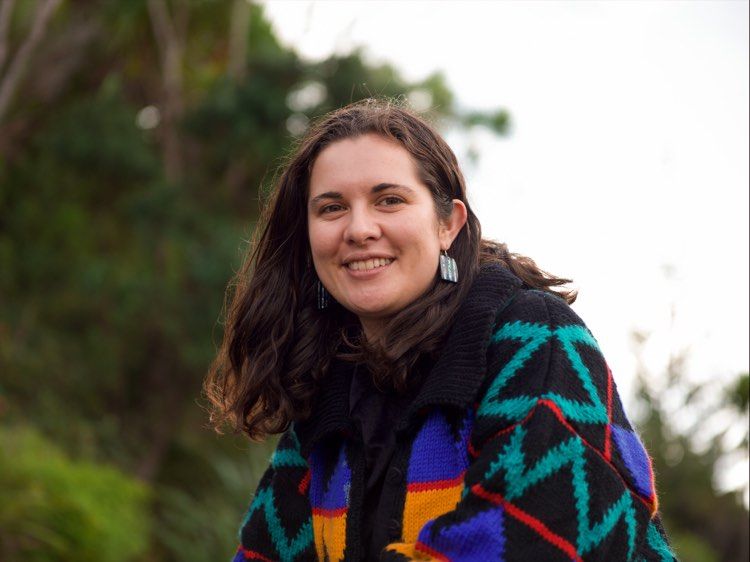Light and Heartwarming: A Review of Short Films
Sinead Overbye tunes in from the comfort of her kāinga to write about the gems she found in this year's Doc Edge Festival.
The Doc Edge Festival has been running since 2004. I’d heard about it from a few people and thought, because part of it was online this year, that I should tune in and watch a few shorts. I’ve always had an interest in short films, and since these were all available online I decided to rug up, get cosy, and experience the festival from the comfort of my bed. There were 31 short films overall, and such a variety of content and tone. Although I couldn’t pick out any cohesive theme to the shorts, I was delighted to find a few gems amongst the variety of films offered. There weren’t as many Māori or Pacific stories as I would’ve liked to see, but I thought there was generally a sensitivity and care to the storytelling, which I appreciated. I felt lucky to be able to be a part of other peoples’ worlds for a while.
A part of me is hesitant when it comes to watching documentaries. Many of them, in my experience, can be quite bleak. I wanted to focus on films that were light and heart-warming, and was grateful that many of them were. Although it might be a bit cheesy, one of the things that was reinforced for me by watching these films was related to that age-old whakaaro that we should just be ourselves, love who we love, do what we love, and stay passionate about the things that ignite us.
*
Edith Gibson has 3000 Dolls
Hoarders get a real bad rap these days. There’s so much stigma about people who collect things – especially when it comes to something considered ‘creepy’, like dolls. Personally, I am not a big fan of dolls. They tend to freak me out (all these years later, Toy Story still has me convinced that they run around when we’re not watching). However, this doco, about a woman who owns 3000 dolls, tackles things from a different angle, which is exactly what I’d hoped it would do. Edith was visited in her home, and as she introduced us to the dolls she’s collected, I genuinely felt as if I was seeing them through her eyes. The camera crew followed her as she rummaged through her doll collection. Exploring with Edith like this, I suddenly ‘got’ part of why she liked dolls – it wasn’t that deep, she just thought they were darling and cute. I began to think, yeah, actually, I get why she thinks they’re cute, and fair enough that she wants to collect them, if that’s what she loves! It felt like the film crew really respected her interest and asked interesting and thoughtful questions. I found it de-stigmatised the idea of hoarding – here is a woman who unapologetically loves what she loves, and finds delight in collecting, and doesn’t care what anyone thinks or says about her. I thought it was really refreshing.
*
Gramma & Ginga: The Movie
Gramma and Ginga are two sisters who were 104 and 99 respectively at the start of shooting this film. They unknowingly became internet famous when their family members filmed them bickering and began posting the videos on YouTube. The two women have so much charisma and sass, and their banter is hilariously ruthless. A lot of the footage is of them in Gramma’s kitchen, talking and laughing with each other. The footage also captures a lot of in-between moments, side conversations, and moments of laughter and play. It seems almost like a live-in situation, where the documentary crew are capturing footage that is almost incidental. The two women seem to have a lot of fun ‘playing up’ for the cameras, joking, being sarcastic, and teasing one another. They talk about their upbringing, ex-husbands, and life experiences with candour and frankness. You never get the feeling that they’re dwelling on the past, they just keep living and living well. It’s a really fun documentary. Gramma and Ginga’s YouTube channel can be found here.
*
Mawhialeo Ote Alowha (Our Love)
This film follows a Tokelauan couple, Meli and Avito, who migrated to New Zealand over 40 years ago so that they could access better resources for their growing family. The film visually documents their involvement in a rich Tokelauan community in New Zealand, while voiceovers from both of them tell the story of their lives together. It speaks about the complex and multifaceted act of migration in a compassionate and heartfelt way. It made me reflect on the sacrifices older generations make for the benefit of their children. At the end of the film, while the camera travelled through the darkening streets of suburban Auckland, Meli, in a voiceover, expressed the deep desire to go back to Tokelau and die there, but then also said that she could not. Their family is here now, their children have never been to Tokelau, and so in spite of wanting to return, they must stay with their loved ones in New Zealand. This is their new home. Although this is far from my own lived experience as a Māori in Aotearoa, I really felt that.
*
Not in Tanzania
This documentary was distressing and quite a reality hit for me, an openly Queer/Takatāpui woman living in Aotearoa. The filmmakers follow Queer individuals and couples from Tanzania, who speak about the struggle to be Queer in a dangerous environment. Faced with the very real threat of being thrown into jail for being homosexual, the interviewees are all anonymised in the filming. We are only able to see parts of their faces, the backs of their heads, their hands, their legs, but never their full profile. This protective method really emphasises the seriousness of being outed in such a homophobic society. For them, their only safe space is often at home, in their own bedrooms. There, it is possible to share romantic and intimate moments with the people they love. These moments are shot carefully, quietly and gently. The whole thing really gave me a reality check. We are so privileged to have so much freedom to be able to find spaces to be who we are, and love who we love, in Aotearoa.
*
The Silent Alps
This 7-minute documentary tells the story of the kea population being hunted by many farmers in the 1900s. The main interview is a voice recording with a Pākehā farmer, who made a living off shooting kea when he was young – as the New Zealand government had placed a bounty on them. Over 150,000 kea were killed by members of the New Zealand public before 1970. And not just on farms, where they were considered pests for attacking sheep, but also in protected national parks. These farmers would’ve made a literal killing from hunting kea, and the fact that the government funded it all is pretty messed up. Kea are now an endangered species. Even though I thought the story was horrific, I was grateful to have learnt a bit more about it. But for me, one resounding gap in the narrative was the complete absence of Māori voices. I think to tell a story like this without Māori misses a vital part of the narrative, and that’s something I’d hope would be rectified if this subject were to ever be pursued further.
*
You Could Have Seen the Mona Lisa
This documentary is tongue in cheek, and a bit artsy for my liking. It all seems to be shot on a hand-held camera by a person walking around the Louvre, while the voiceover speaks about how you could’ve seen the Mona Lisa, if only you’d made different life decisions. In doing so, it points out how underwhelming actually seeing a famous artwork like the Mona Lisa in real life actually is, and how empty an experience like that can be. Being a cynic myself, I did enjoy how it points out the pointlessness of wanting to go to art galleries just for the gram pic. The multitudes of people in the room, and the fact that the viewer can only clearly see the Mona Lisa through the phone cameras of other people in front of them, is pretty relatable and thought-provoking. But all in all, it didn’t teach me anything new. In fact, I found it was a little obviousand the sarcasm quickly became tiring.
*
Charlie Surfer
This documentary is about a young boy called Charlie, who is passionate about dancing and surfing. The documentary follows him as he tells us about living with Asperger’s, and how much he loves his family. He has an aspiration to be able to stand up on a surfboard and do the ‘floss’ dance move, which his mum tells him is quite ambitious, but he continues to try anyway. I enjoyed his attitude towards life, and his excitement for things is contagious. He very determinedly keeps practising until (spoiler alert) he finally stands up on the surfboard and does the floss! It was just a lovely slice of life and was a real feel-good film. I’m very happy for Charlie.
*
Paper Dolls
Paper Dolls follows a group of rangatahi Māori around the op shops of Auckland, and interviews them about their thoughts on fashion, individuality, identity, culture and politics. While it is often interesting, and visually stunning throughout, I found it didn’t quite ‘hit the mark’ for me. Although I myself am an avid op-shopper, I found that the kōrero missed out a lot of problematic areas, such as poverty and fatphobia, that make op-shopping (or clothes shopping at all) a much more difficult and complex process for some people. All these rangatahi are beautiful, thin, and seemingly economically privileged, which means that many of the interview responses are often repetitive and don’t address these more complicated issues. The most engaging parts of the documentary are when they talk about deeper issues, like what it means to be Māori, and how politically engaged and activated the young people of today are. It’s always exciting to hear rangatahi speaking about big issues in the world.
The Doc Edge shorts were well worth exploring. Although I didn’t get to watch all 31 short films, I was happy with my selection. All I would’ve liked to see was more diversity than what was offered, and in particular more films made by Pacific and Māori people. Although I do enjoy learning new stories from everywhere, I feel like there are so many interesting stories to tell about this place, too, and I’d like to see more local stories in the next Doc Edge festival. Documentaries are a form I’m just now getting into, and I appreciated being able to explore this programme and watch a few things that expanded my way of viewing the world. I liked being able to experience the world in ways I might never get to do in my lifetime. And I think overall I enjoyed hanging out with all the people in these films, seeing things from their points of view.
